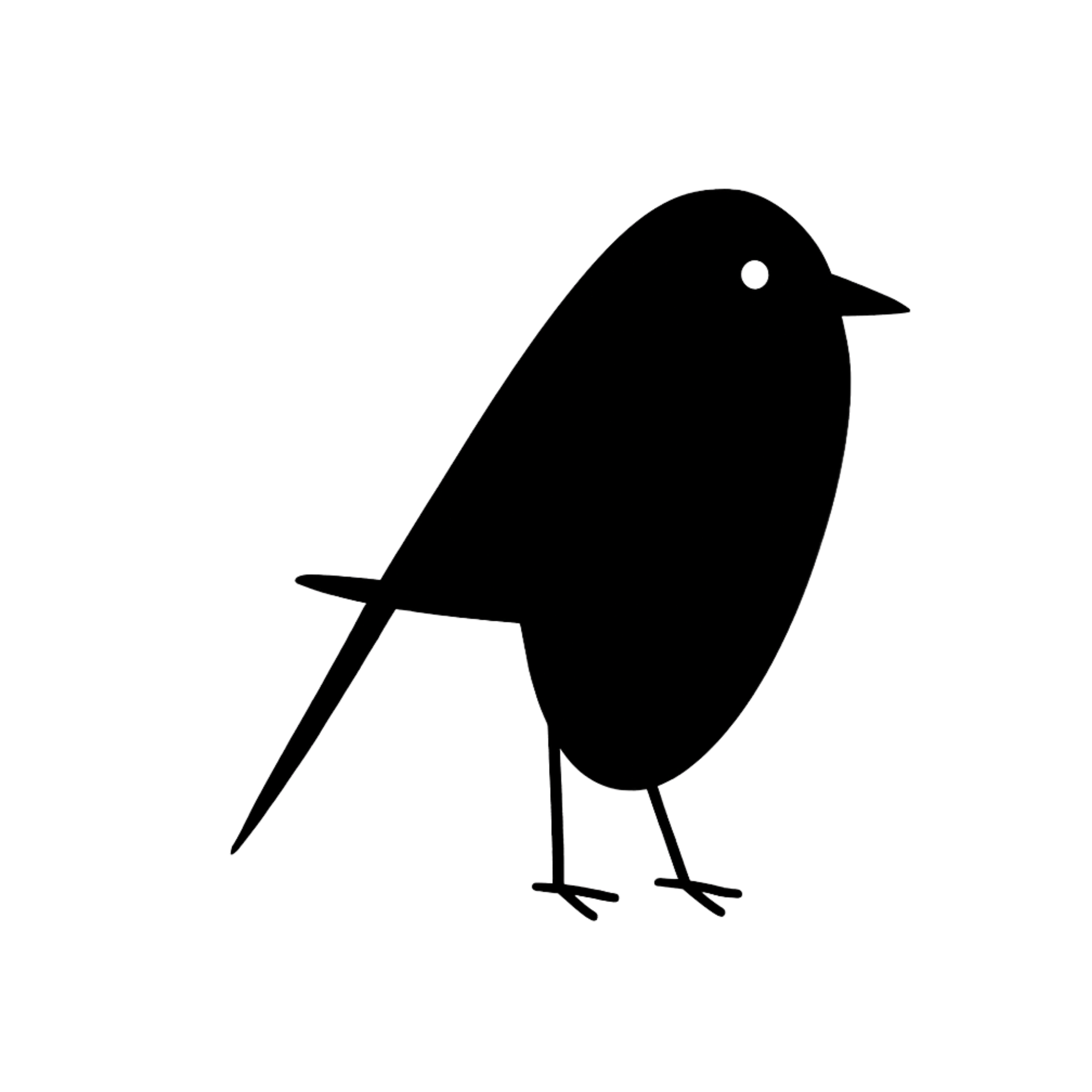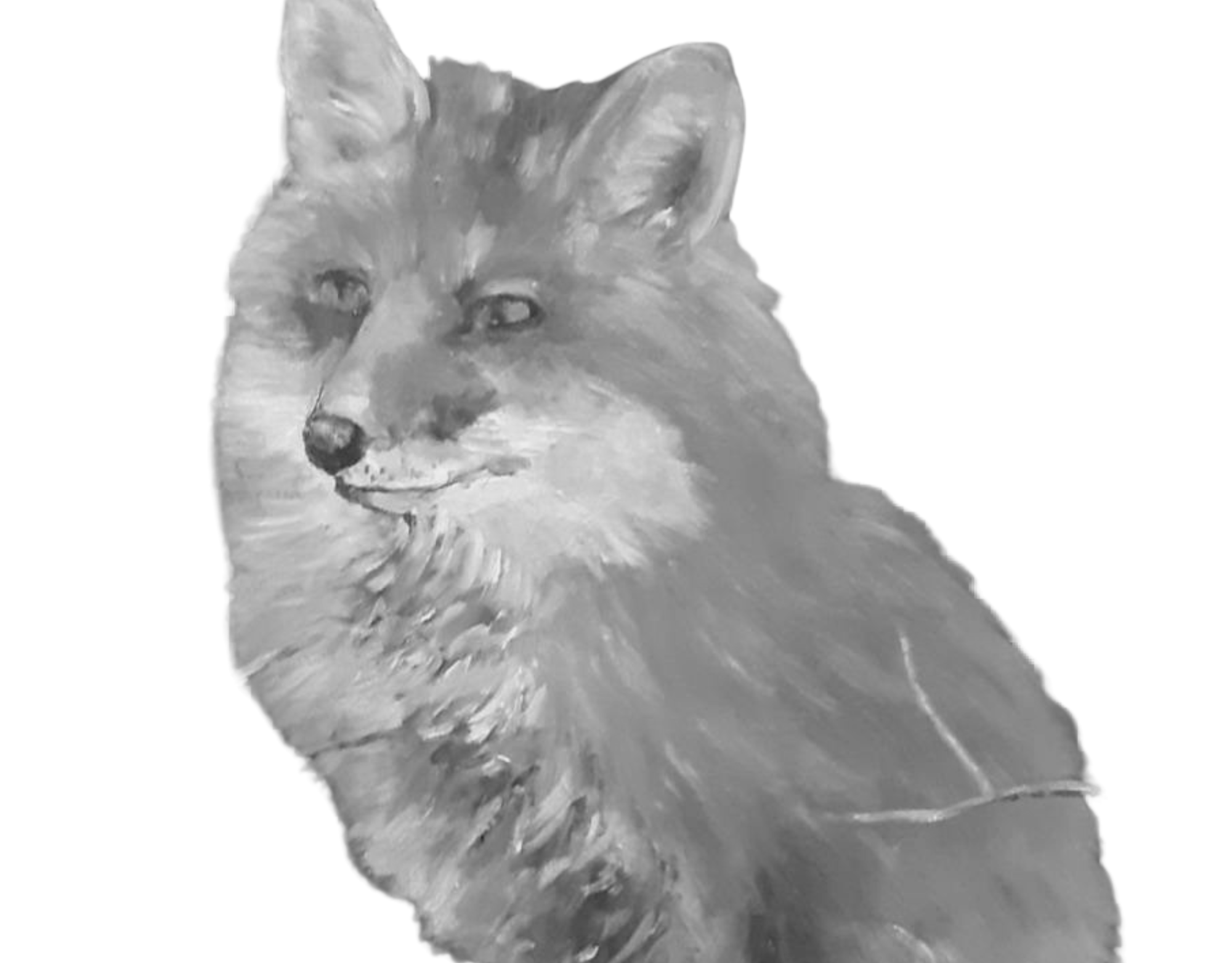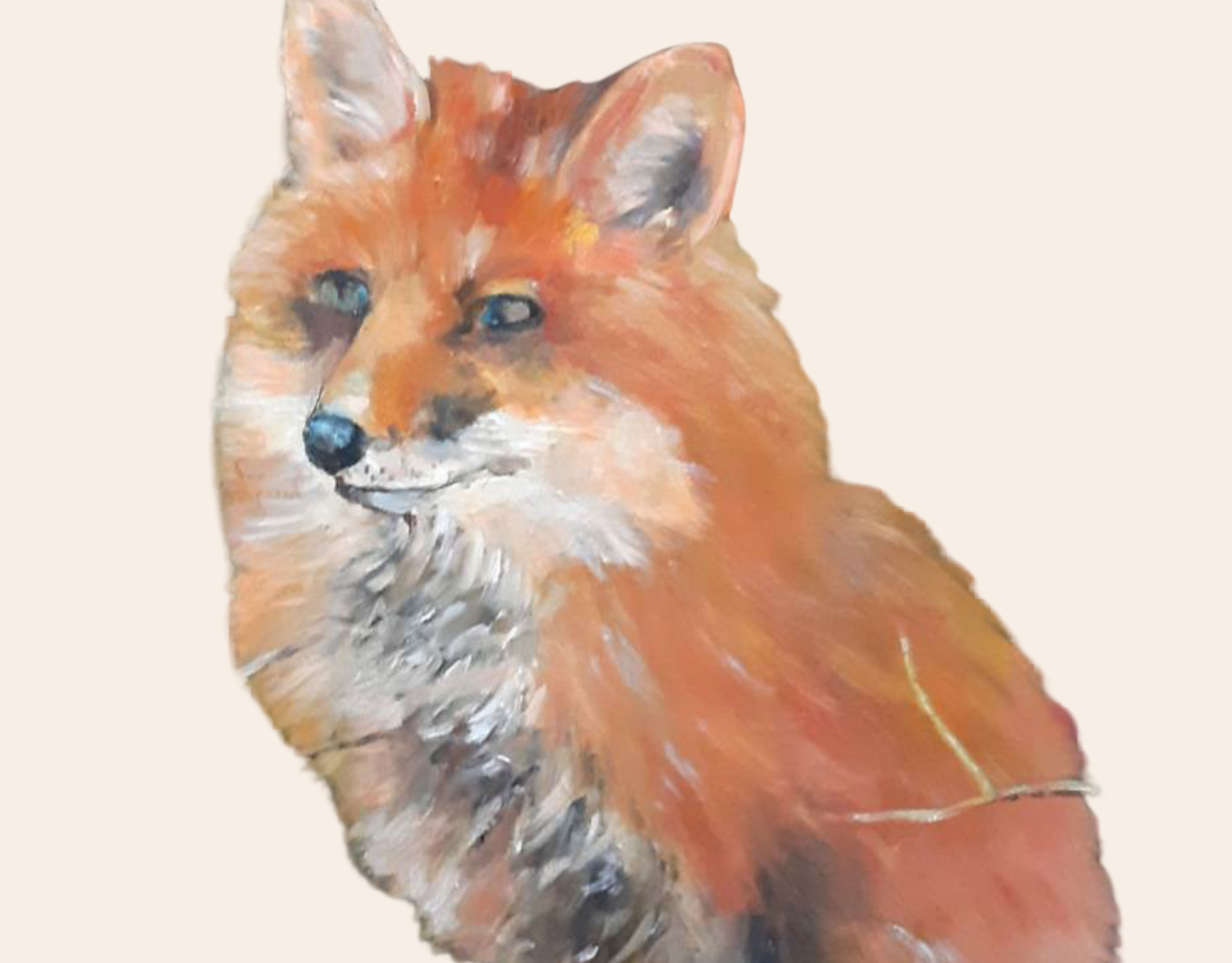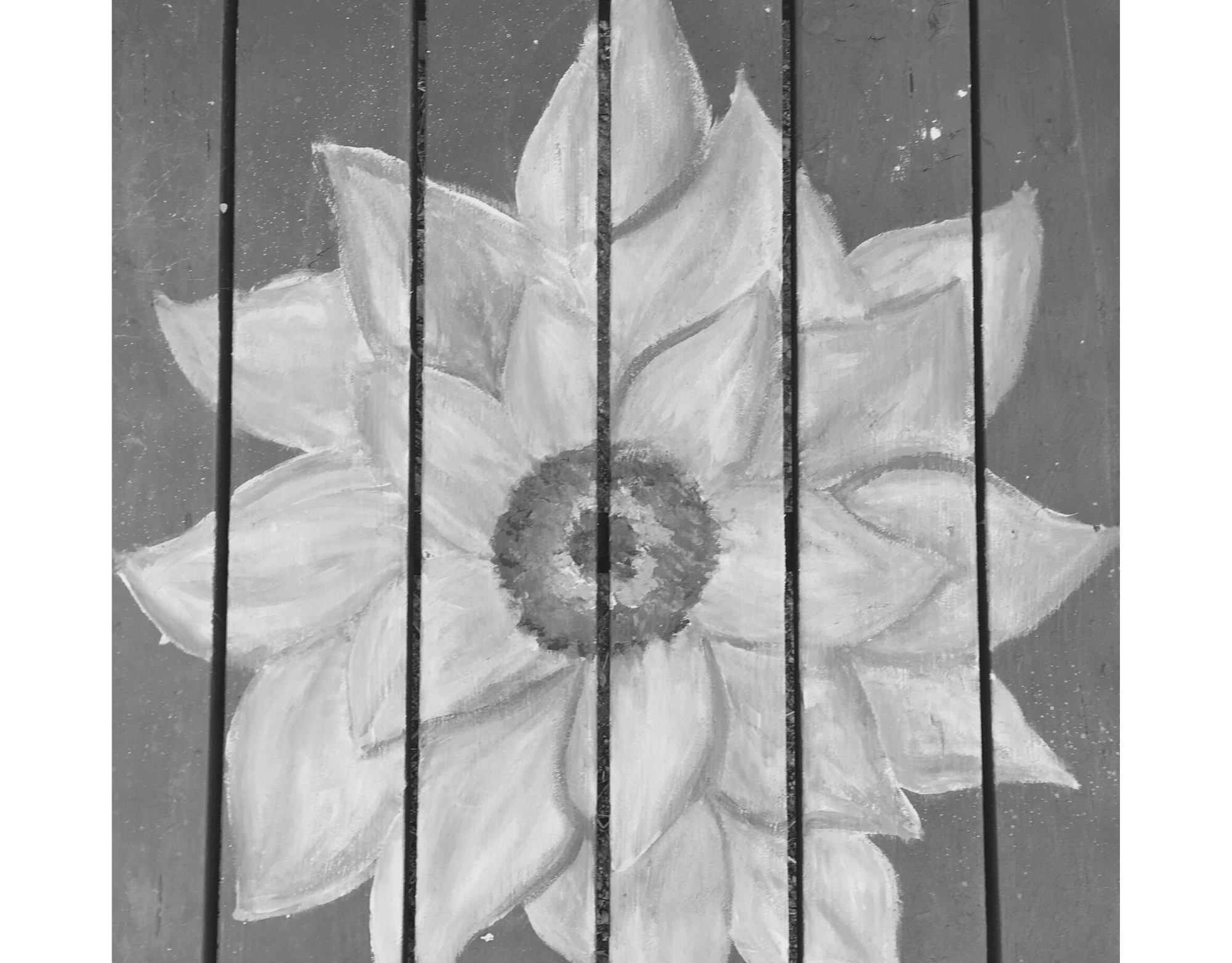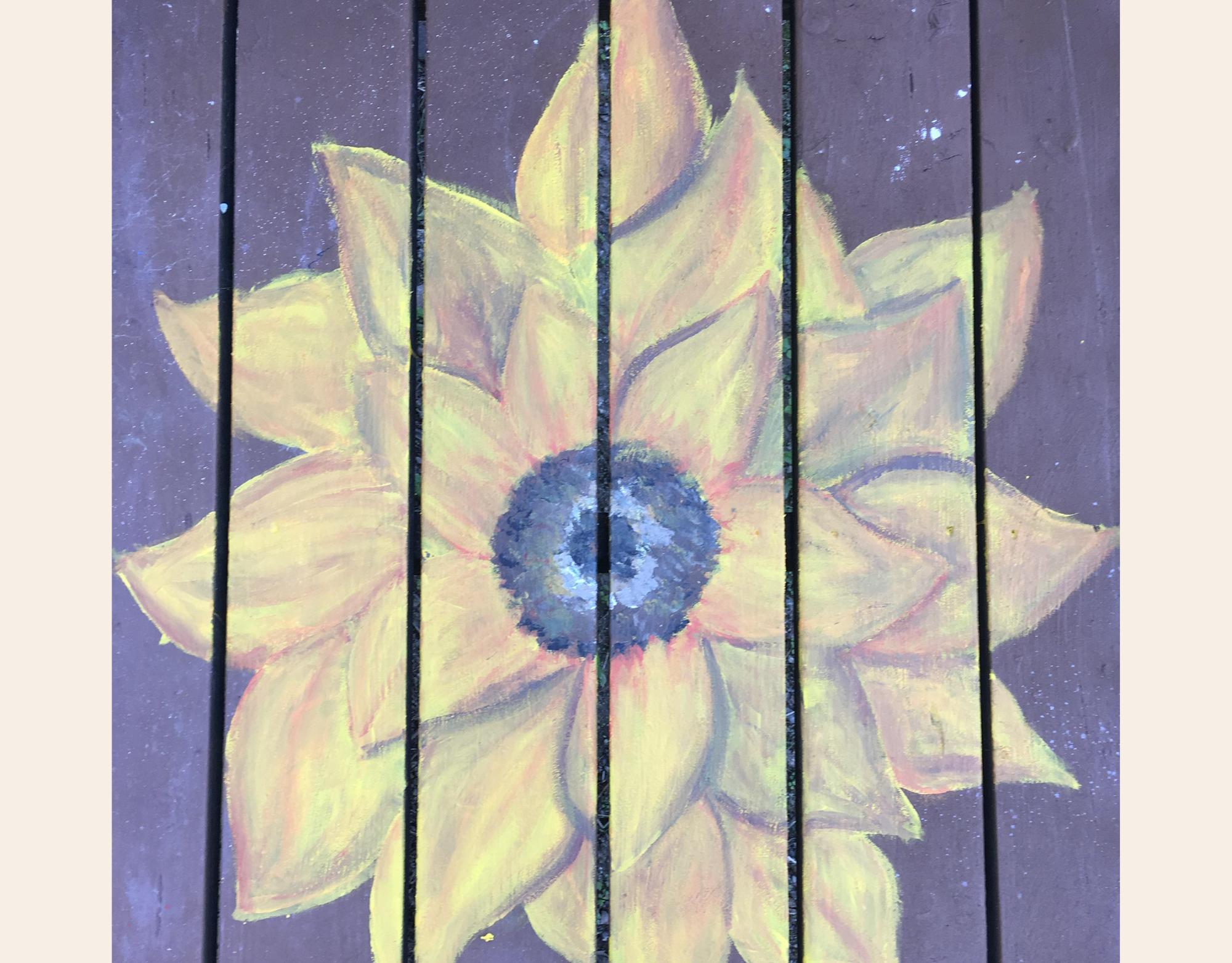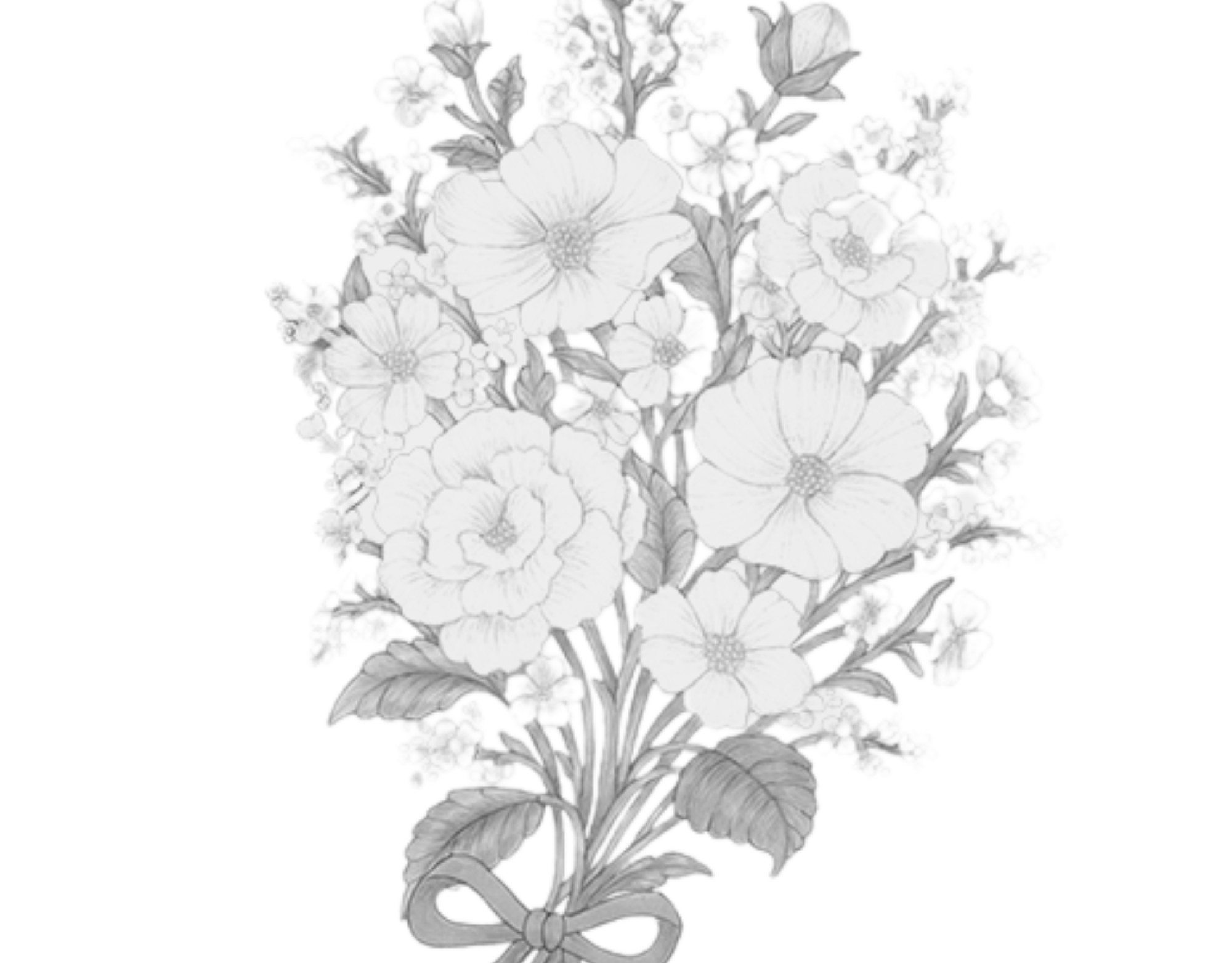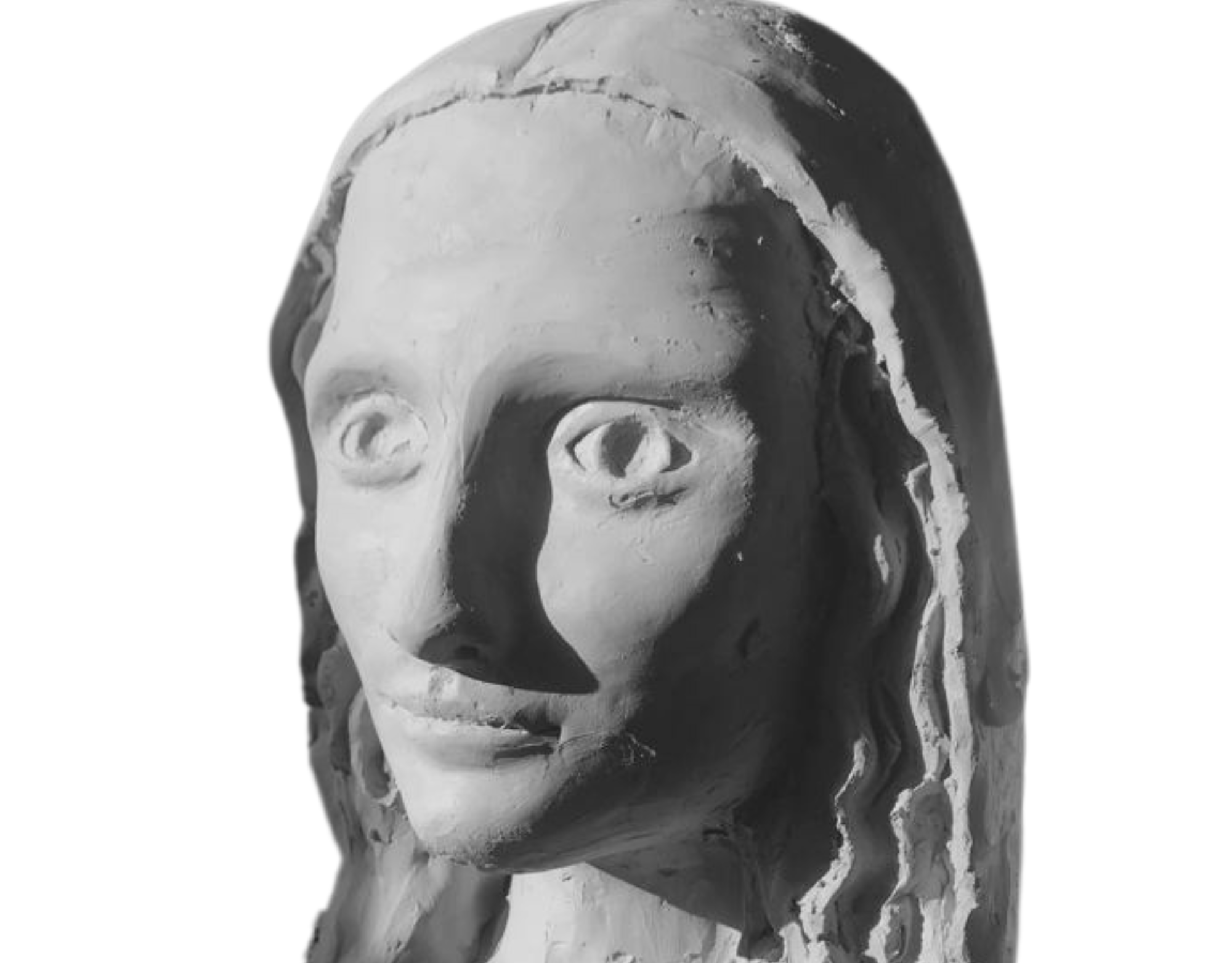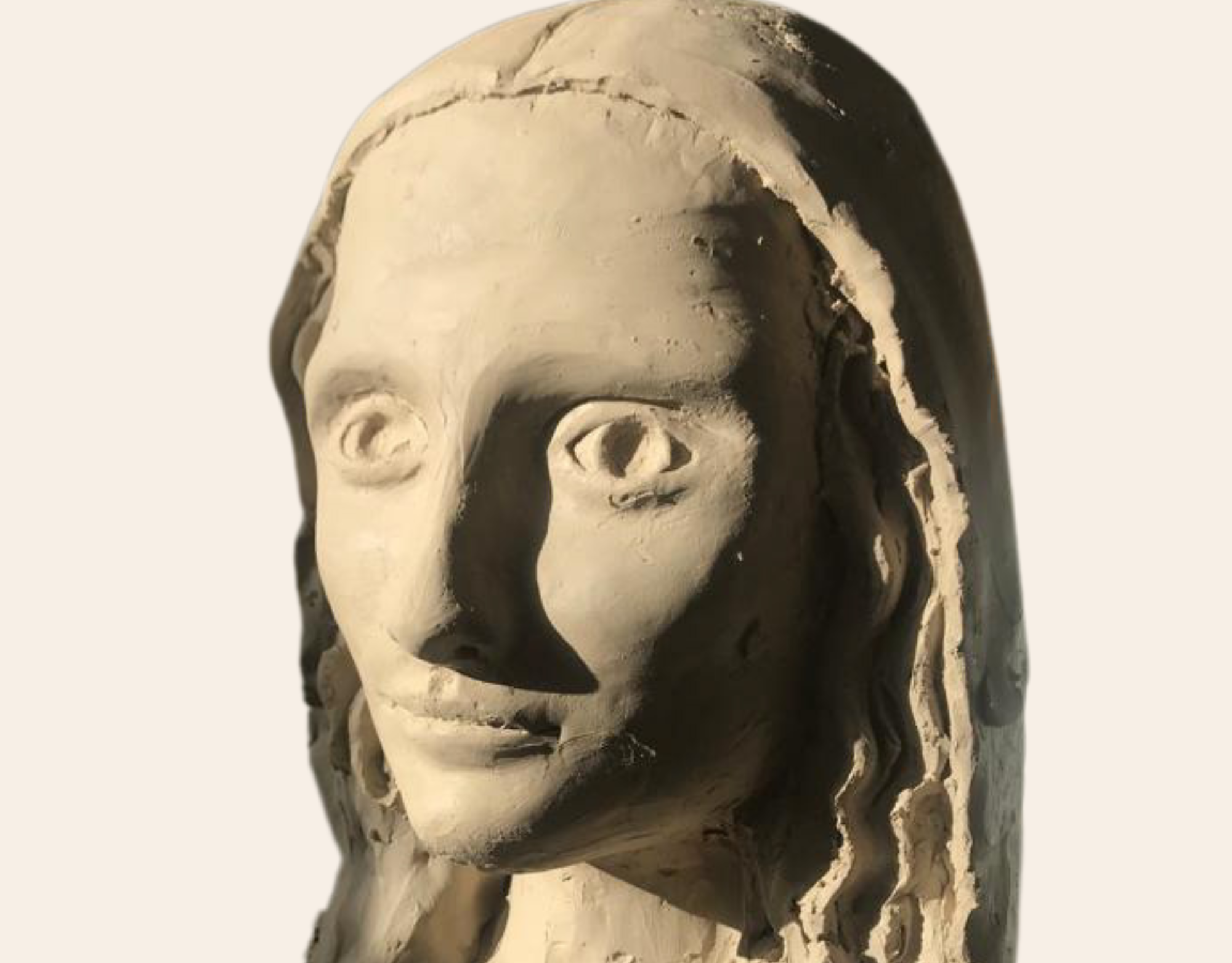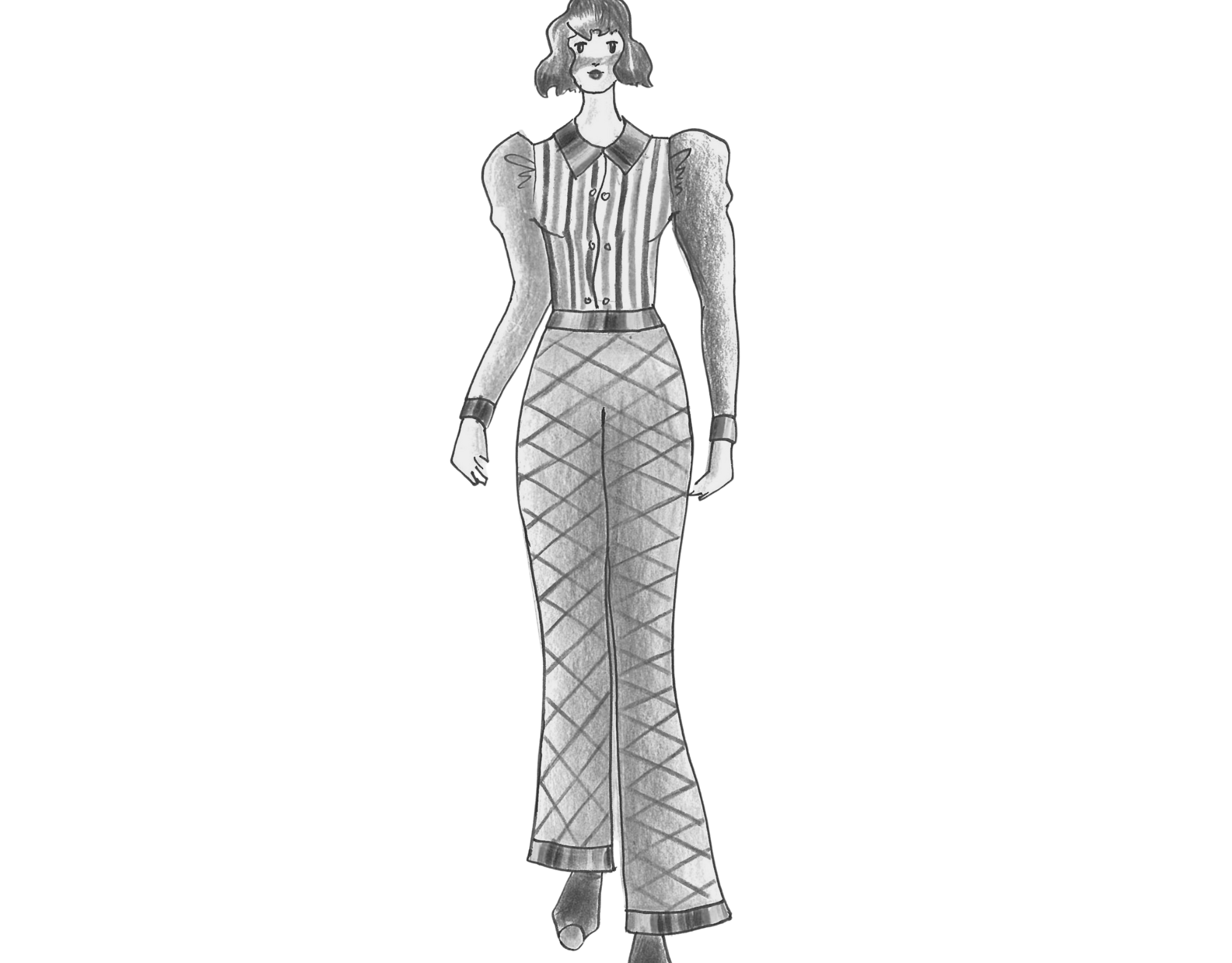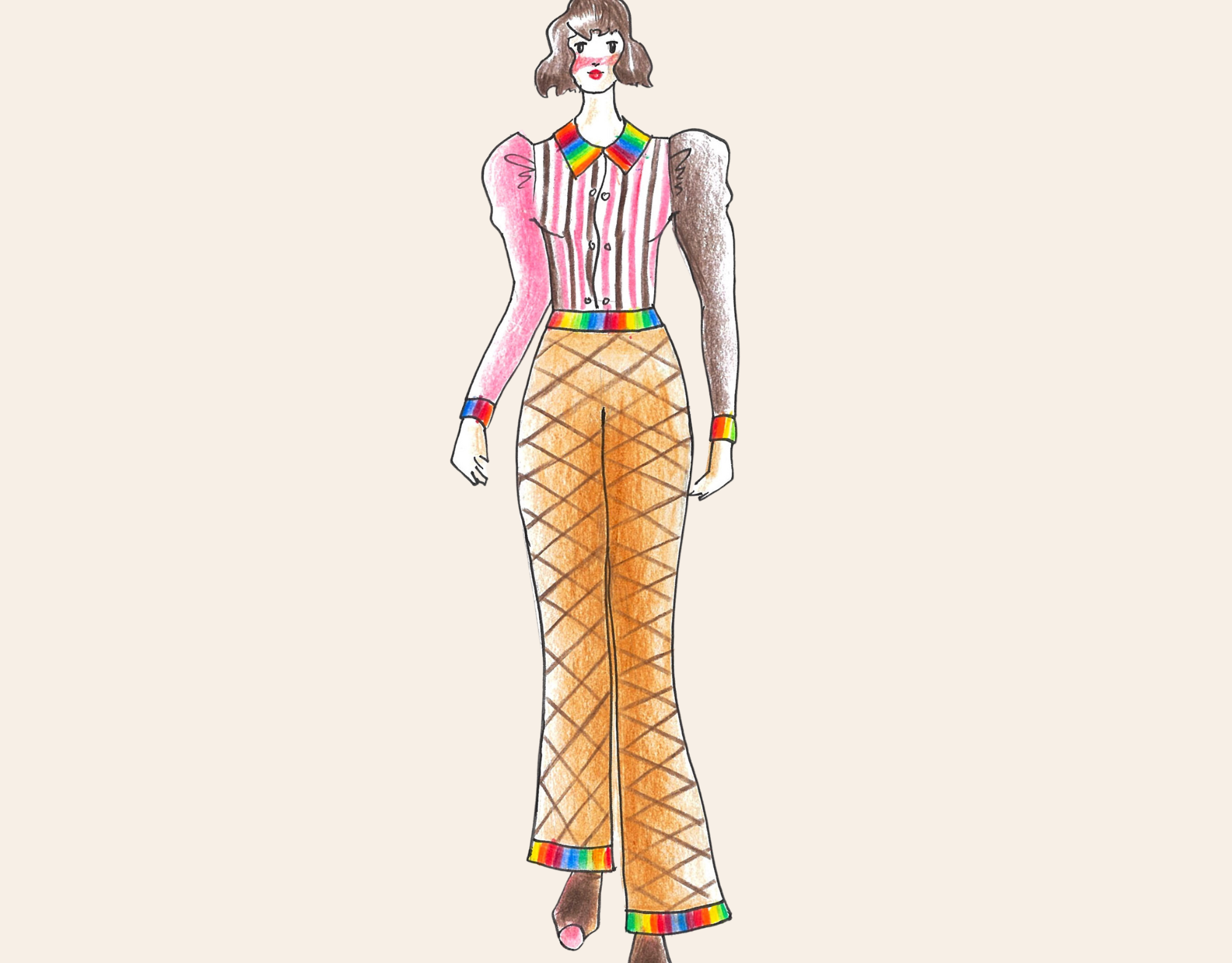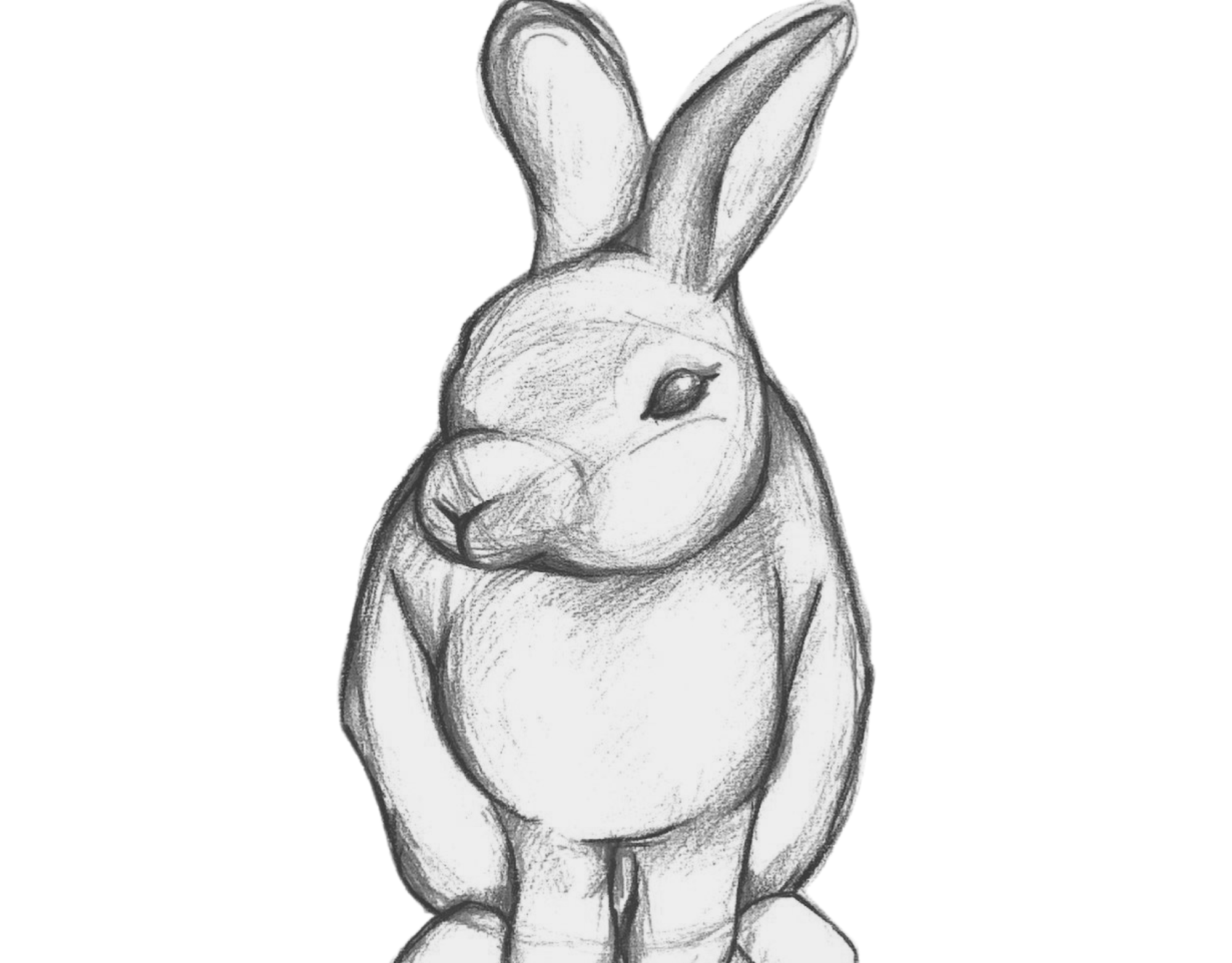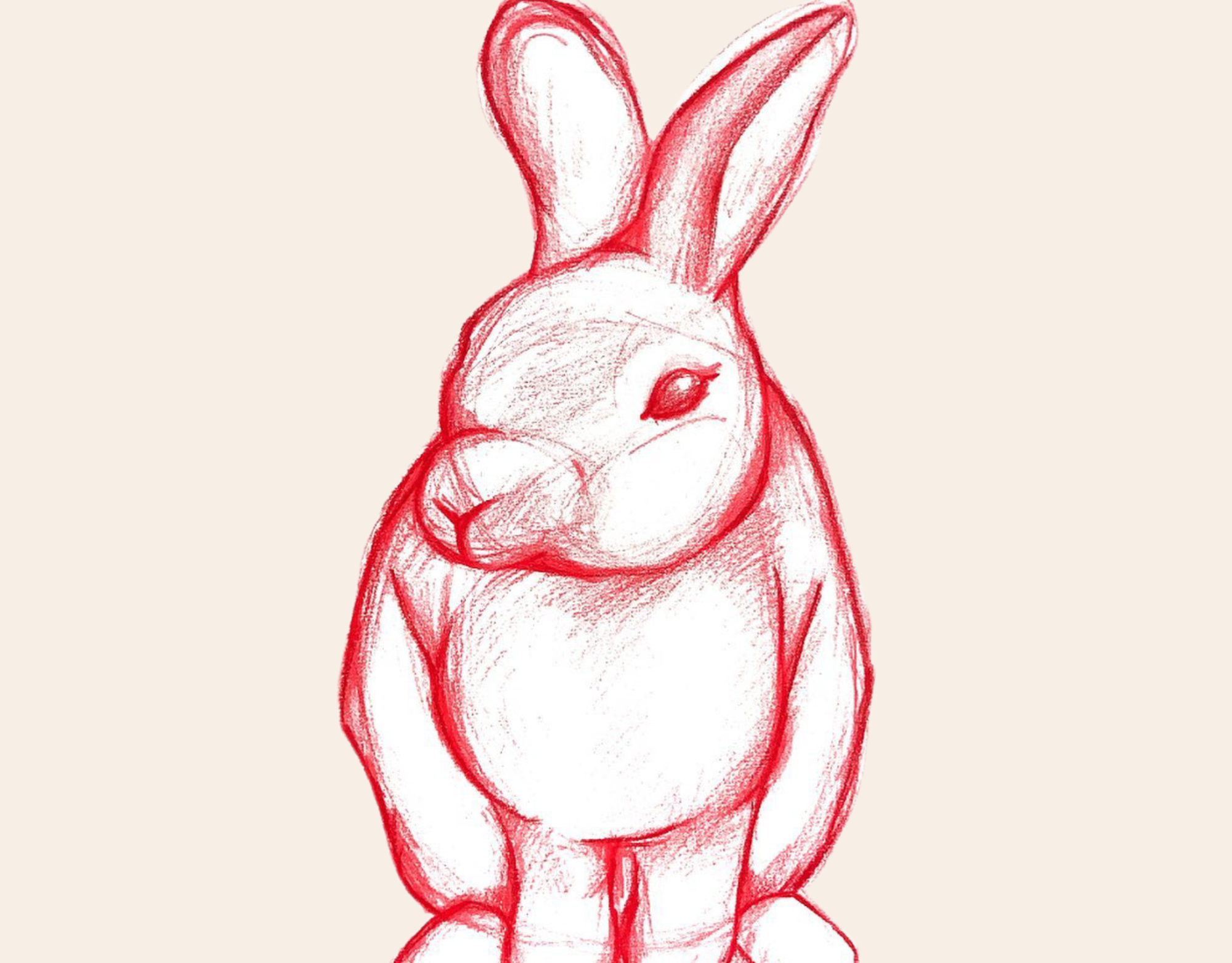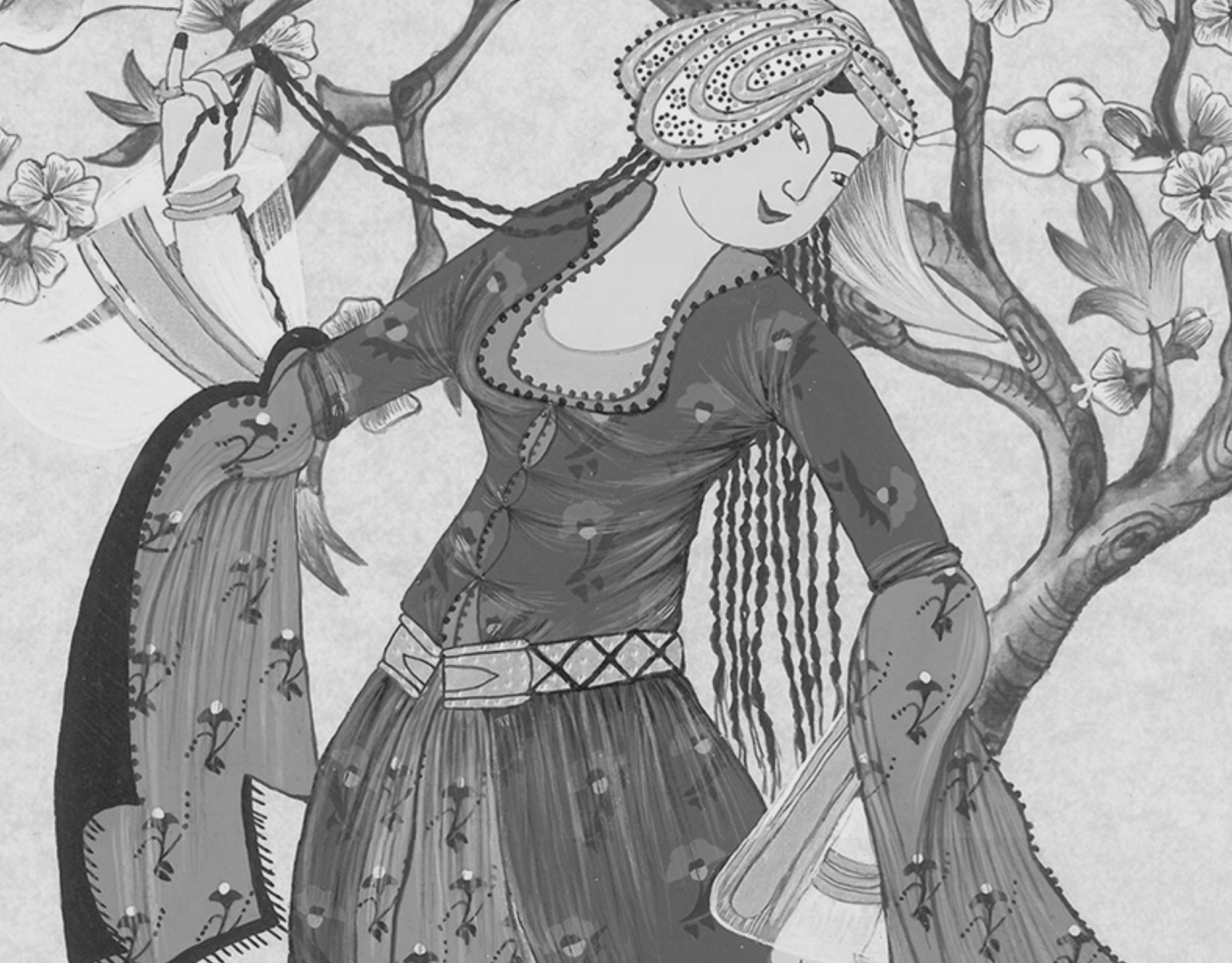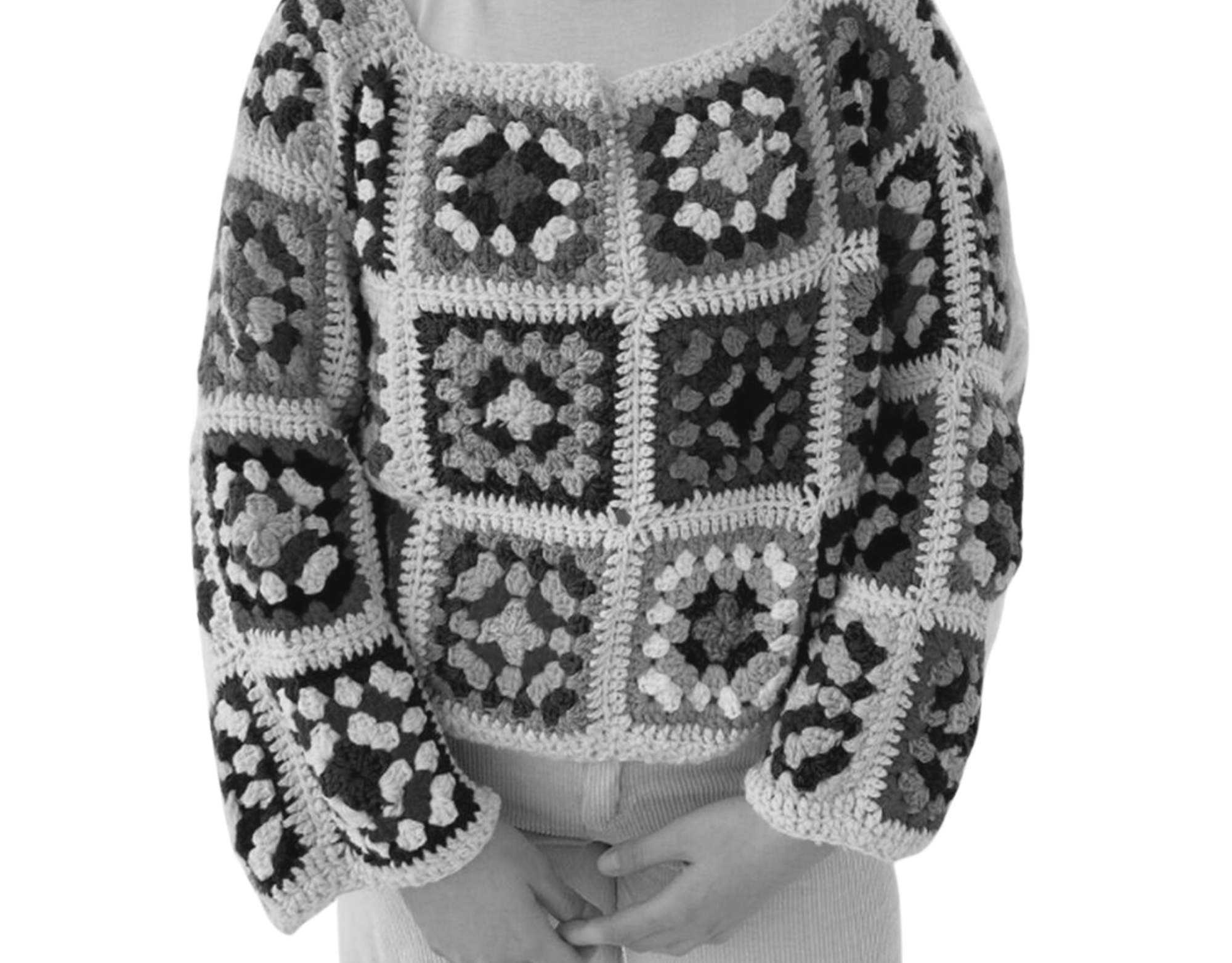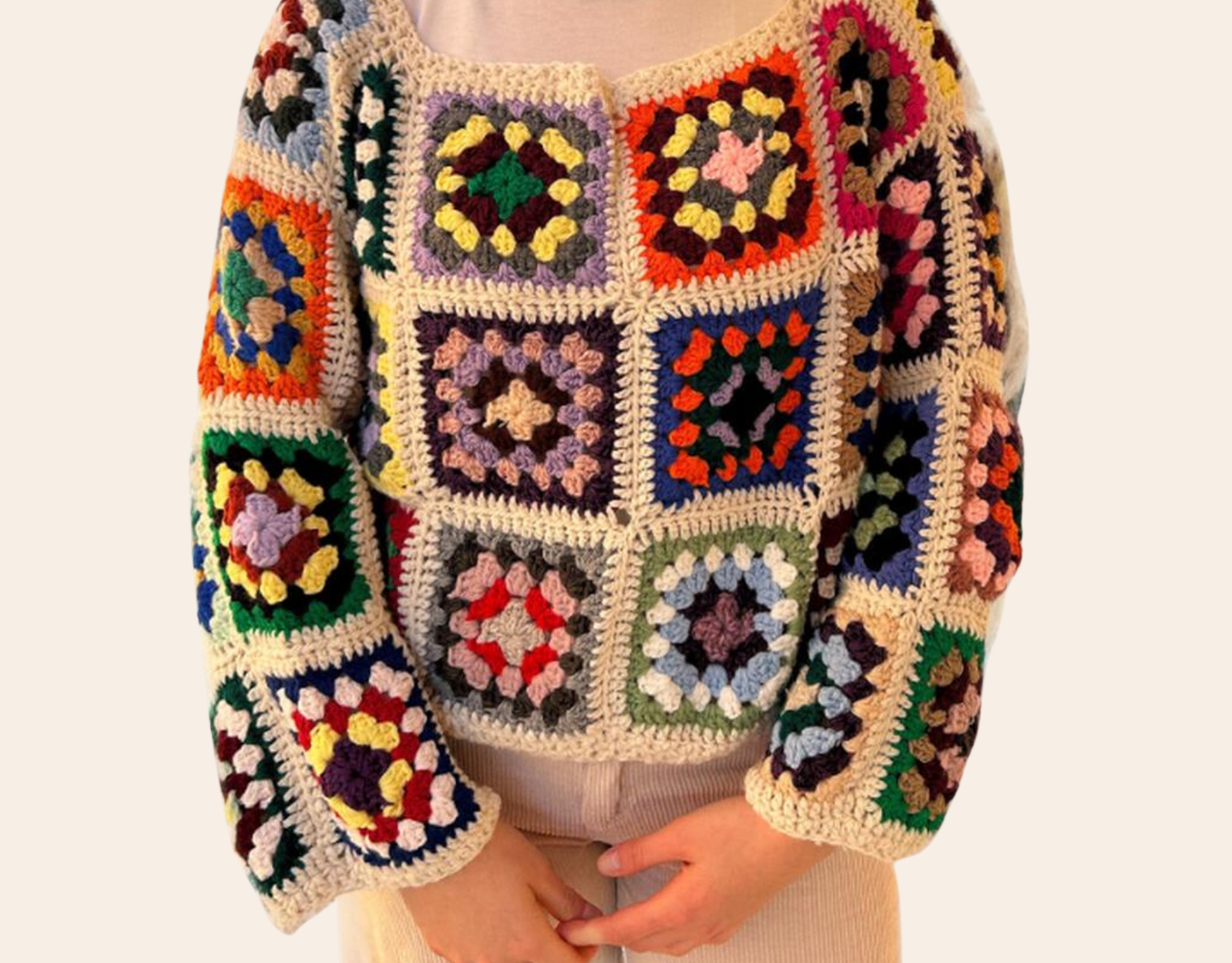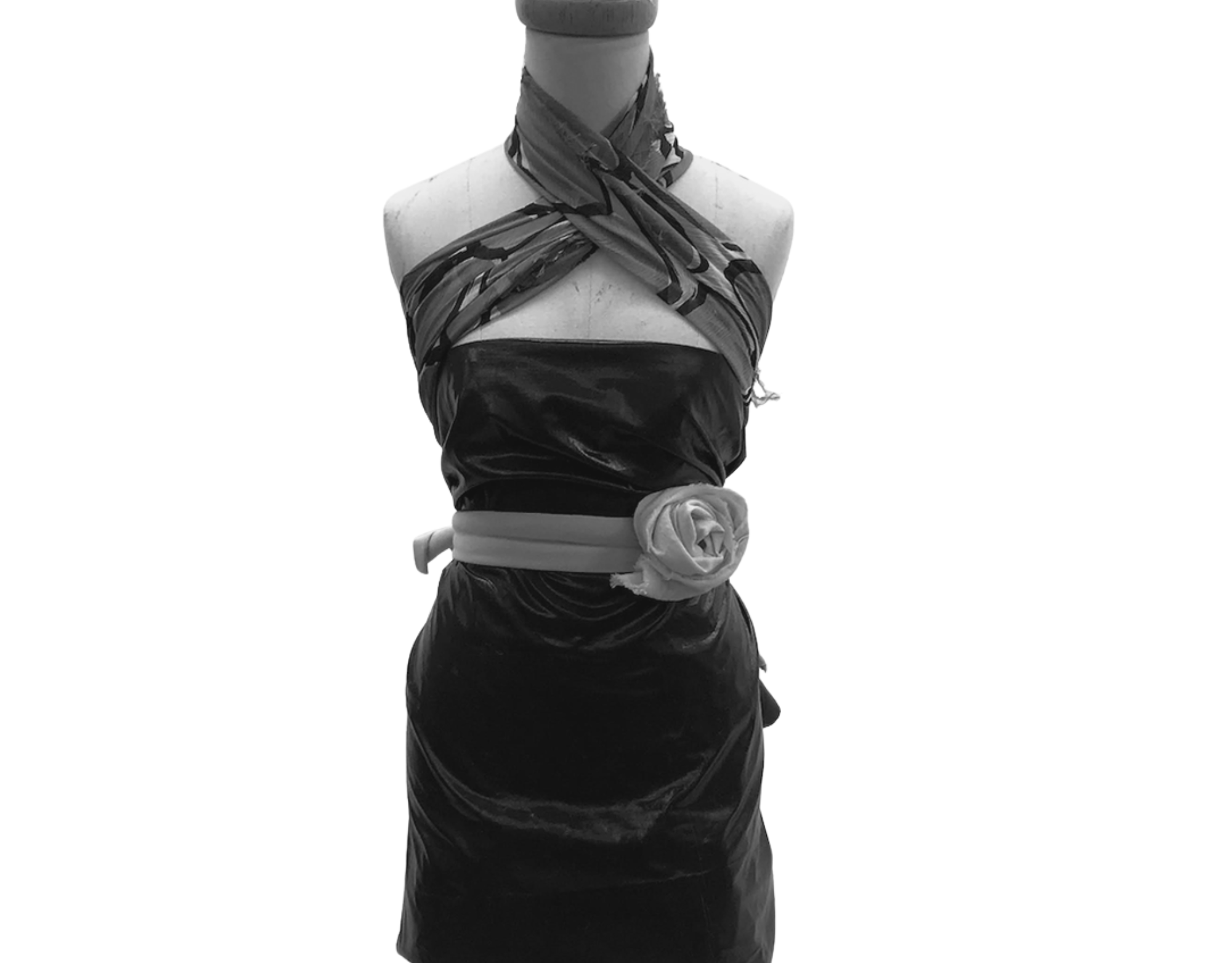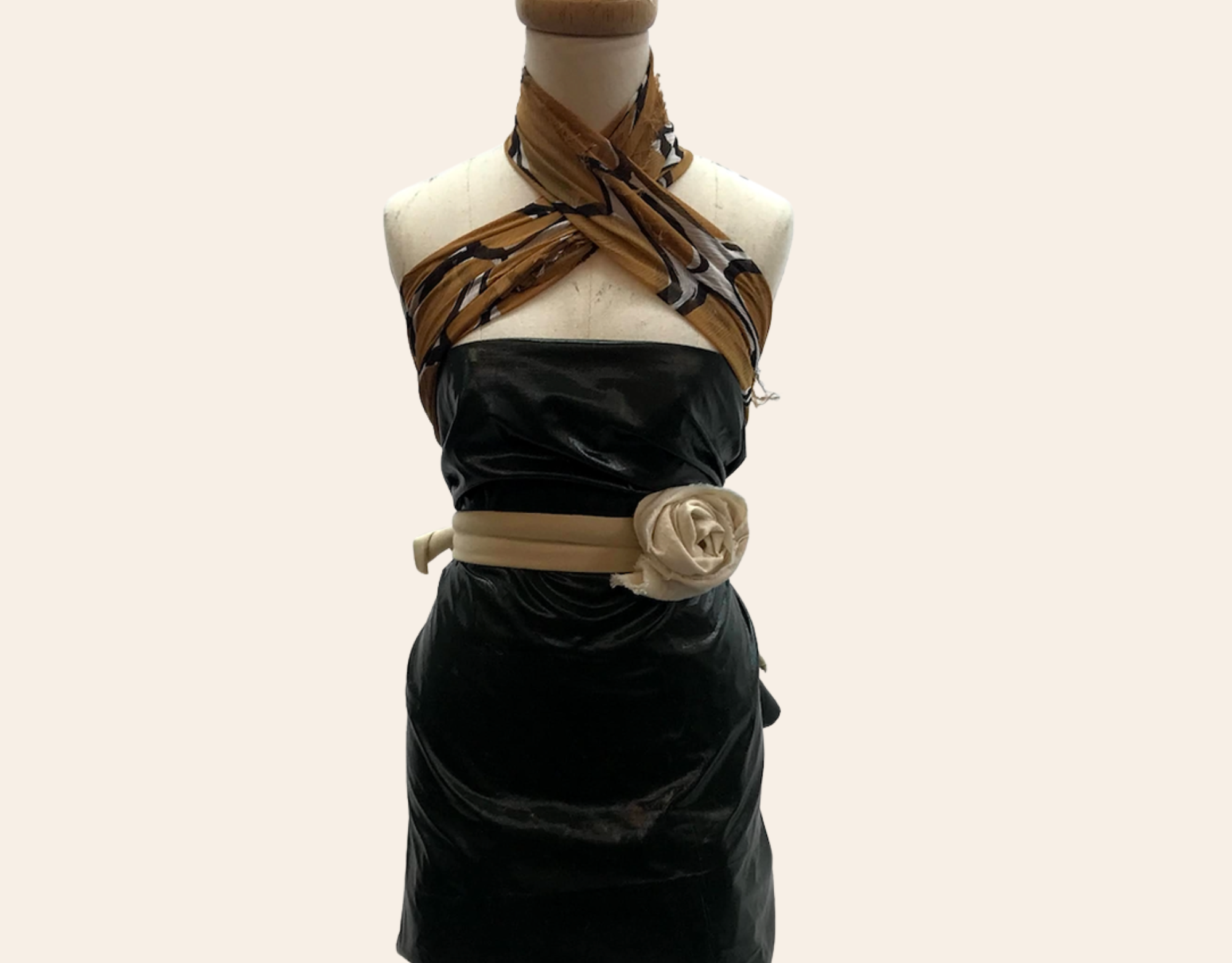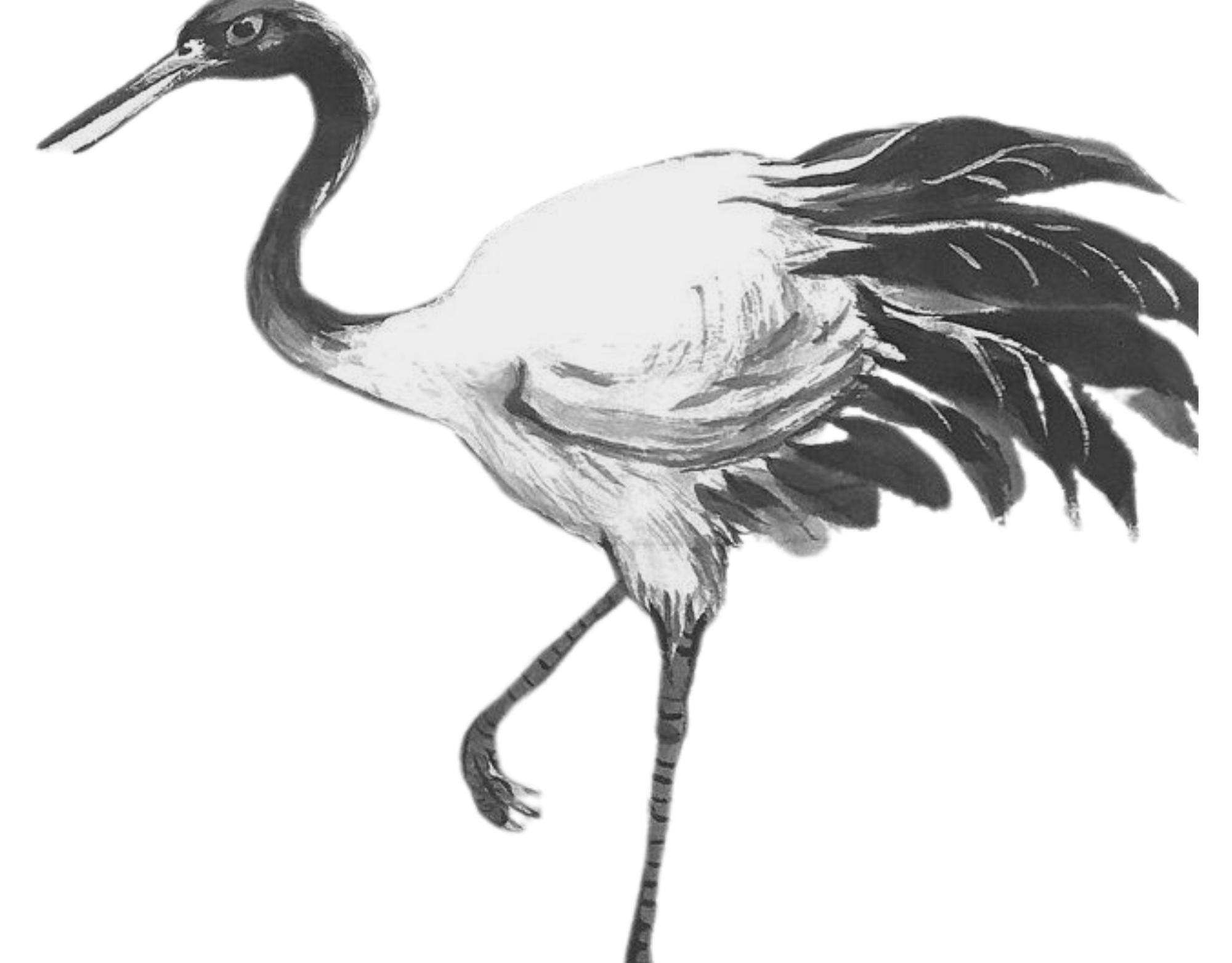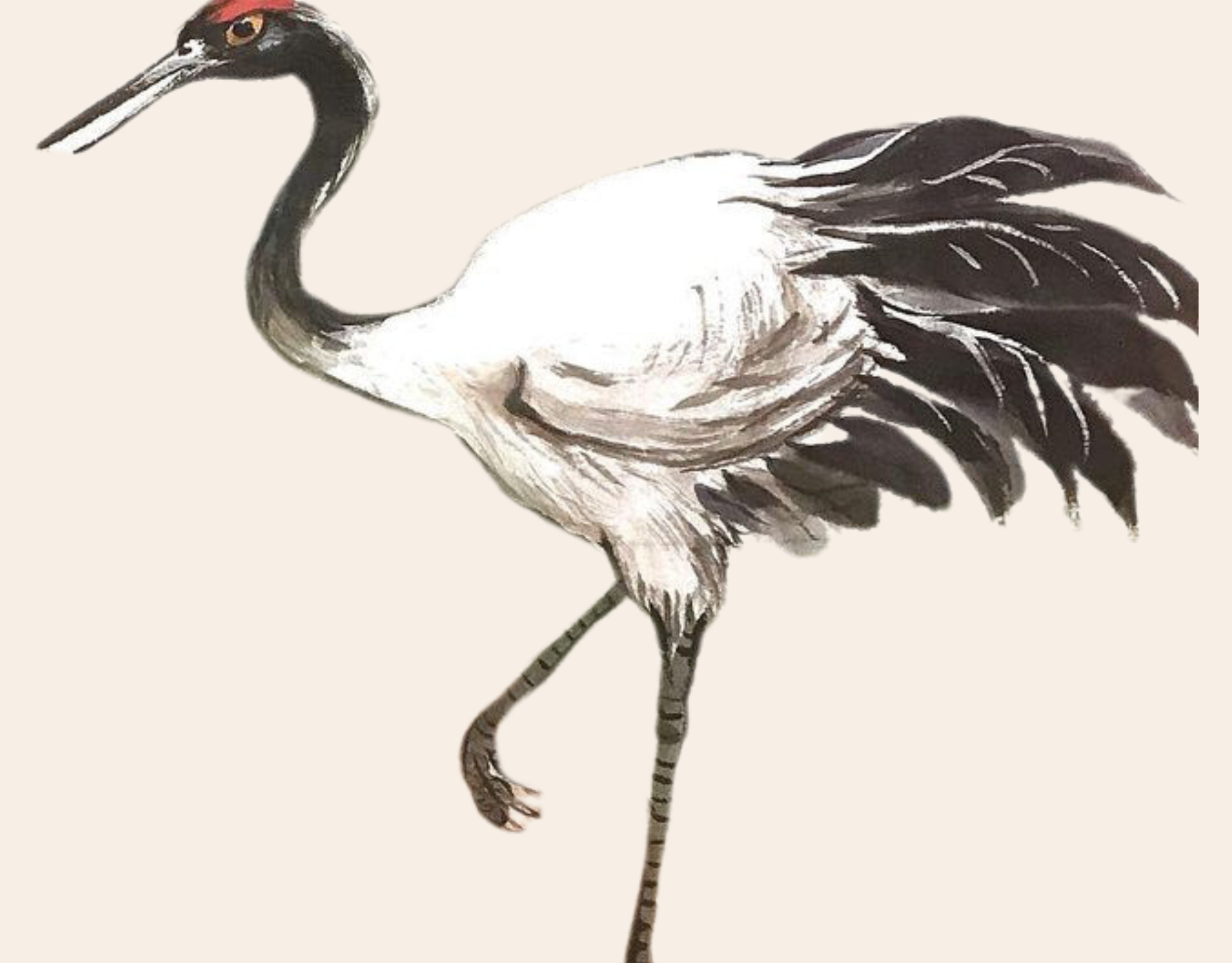Perspective drawing is a technique used in art and design to create the illusion of depth and three-dimensionality on a flat surface. It mimics how objects appear smaller as they recede into the distance, converging toward one or more vanishing points.
Types of Perspective Drawing
One-Point Perspective – All lines converge to a single vanishing point on the horizon (e.g., looking down a straight road).
Two-Point Perspective – Uses two vanishing points, commonly for drawing objects at an angle, such as a corner of a building.
Three-Point Perspective – Includes a third vanishing point (usually above or below the horizon) for extreme angles, like a bird's-eye or worm's-eye view.
Four and Five-Point Perspective – Used for curvilinear perspectives, often seen in fisheye lens effects.
Key Components
Horizon Line – Represents the viewer's eye level.
Vanishing Point(s) – Where parallel lines appear to converge.
Orthogonal Lines – Lines that lead to the vanishing point(s), guiding depth.
Foreshortening – The distortion that makes objects appear shorter when viewed at an angle.
Perspective drawing is essential in architecture, animation, game design, and realistic art to create lifelike spatial depth.
COMMISSION
You can commission Anisa for creative projects spanning illustration, concept art, and visual development—use the contact page to begin.

